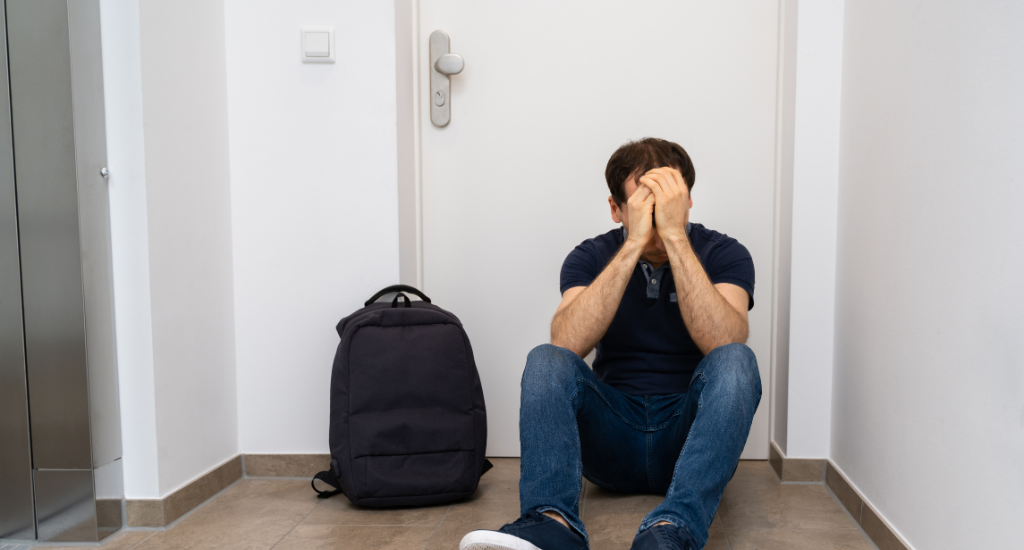Locked Out? Unraveling Common Residential Lock Problems and DIY Fixes
Ensuring the security of our homes is a top priority for every homeowner. However, lock-related issues can sometimes leave us feeling frustrated and vulnerable. From frozen locks to broken keys, these problems can occur unexpectedly, often leading to stressful situations.
In this article, we will delve into common residential lock problems and provide practical DIY fixes to help you regain access and maintain your home’s security.
Understanding Common Residential Lock Problems
Frozen or Stiff Locks
Frozen locks can occur during cold weather or due to the accumulation of debris and moisture within the lock mechanism. When confronted with a frozen lock, it’s important to remain calm and explore the following DIY fixes:
✔ Apply heat to the lock using a hairdryer or warm water.
✔ Utilize lubricants like graphite powder or silicone spray.
✔ Prevent future occurrences by using a lock de-icer or applying a silicone-based lubricant before the cold season.
Misaligned Deadbolt
A misaligned deadbolt can prevent proper locking, compromising the security of your home. To fix this issue:
✔ Identify the misalignment by checking the alignment of the deadbolt and the strike plate.
✔ Adjust the strike plate by loosening the screws and moving it slightly.
✔ Test the deadbolt to ensure it aligns properly and smoothly engages when locked.
Broken Key in the Lock
A broken key can be frustrating, leaving you locked out of your own home. Here’s how you can handle this situation on your own:
✔ Assess the situation and determine if the key is partially or completely broken.
✔ Use needle-nose pliers or a broken key extractor tool to gently remove the broken key.
✔ Test the lock with a spare key to ensure it functions properly.
Jammed or Sticky Door Lock
A jammed or sticky lock can make it difficult to unlock or lock your door. To resolve this issue:
✔ Identify the cause, such as debris or dirt inside the lock.
✔ Clean the lock mechanism using a cotton swab and a mild solvent, or a mixture of vinegar and water.
✔ Lubricate the lock with graphite powder or silicone spray to prevent future sticking.
Worn-out or Damaged Lock Mechanism
Over time, locks can become worn-out or damaged, compromising their effectiveness. While some repairs may require professional assistance, you can try the following DIY fixes:
✔ Diagnose the problem by inspecting the lock mechanism for signs of wear or damage.
✔ Repair or replace damaged components, such as springs or pins, using lock repair kits.
✔ Test the lock thoroughly to ensure it operates smoothly and securely.
Essential Tools for DIY Lock Fixes
Before attempting any DIY lock fixes, it’s important to have the necessary tools on hand. Following are some of the important tools that might help you in DIY lock fixes.
- Screwdrivers (flathead and Phillips)
- Pliers (needle-nose and slip-joint)
- Lubricants (graphite powder or silicone spray)
- Broken key extractor tool
- Cotton swabs
- Mild solvent or vinegar and water mixture
When to Seek Professional Help Instead of DIY Lock Fixes
While DIY lock fixes can be effective in many cases, there are situations where professional assistance is necessary. Therefore, you must consider contacting a reputed and professional residential locksmith if:
✔ The lock problem persists despite DIY attempts
✔ You are unable to diagnose the issue accurately
✔ The lock is severely damaged or requires advanced repair techniques
✔ You need to replace the lock or enhance your home’s security system
Picking a reliable and licensed locksmith is crucial to ensure the job is done correctly and to safeguard your home’s security.
Conclusion – Secure Your Home With Effective DIY Lock Fixes
In the end, taking proactive measures to address common residential lock problems is essential for maintaining the security of your home. By understanding the causes and symptoms of frozen locks, misaligned deadbolts, broken keys, jammed or sticky locks, and worn-out mechanisms, you can confidently tackle these issues with DIY lock fixes.
However, it’s equally important to recognize your limitations and seek professional help when necessary. By implementing the suggested DIY fixes and staying vigilant, you can keep your home secure and protect your peace of mind.
